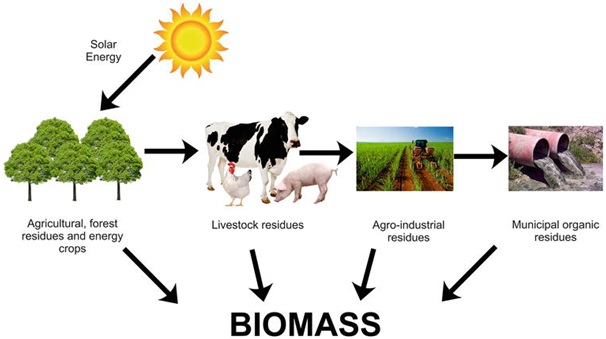India’s first Biomass-based hydrogen plant
India’s first commercial-scale biomass-based hydrogen plant will be constructed in Khandwa district of Madhya Pradesh.
Context
India’s first commercial-scale biomass-based hydrogen plant will be constructed in Khandwa district of Madhya Pradesh.
Key-highlights of the Plan
- ??Every day this plant will produce one tonne of hydrogen, from 30 tonnes of biomass feedstock.
- The plant is being put up by a joint venture of Watomo Energies Ltd and Biezel Green Energy with an investment of Rs 24 crore.
- Bezel Green will own 50 percent in the yet-to-be-named joint venture; the other 50 per cent will come from interested farmers.
- It will also produce biochar and methane.
- “Thermally accelerated anaerobic digestion (TAD) reactor” is a technology that can produce hydrogen, methane and biochar from biomass.
What is Biomass?
- Biomass can be described as all material that was or is a part of a living organism.
- For renewable energy applications, however, the definition of biomass is usually limited to include only materials that are plant-derived such as agricultural residues.
- Biomass is a renewable organic resource.
- It includes agriculture crop residues (like wheat straw or corn stover), special crops grown for energy use (like switchgrass or willow trees) forest residues, animal waste and organic municipal solid waste.
- This renewable resource can be used for producing hydrogen, and by-products.
Biomass sources for energy include
- Wood and wood processing wastes: firewood, wood pellets, and wood chips, lumber and furniture mill sawdust and waste, and black liquor from pulp and paper mills.
- Agricultural crops and waste materials: corn, soybeans, sugar cane, switchgrass, woody plants, and algae, and crop and food processing residues.
- Biogenic materials in municipal solid waste: paper, cotton, and wool products, and food, yard, and wood wastes.
- Animal manure and human sewage


